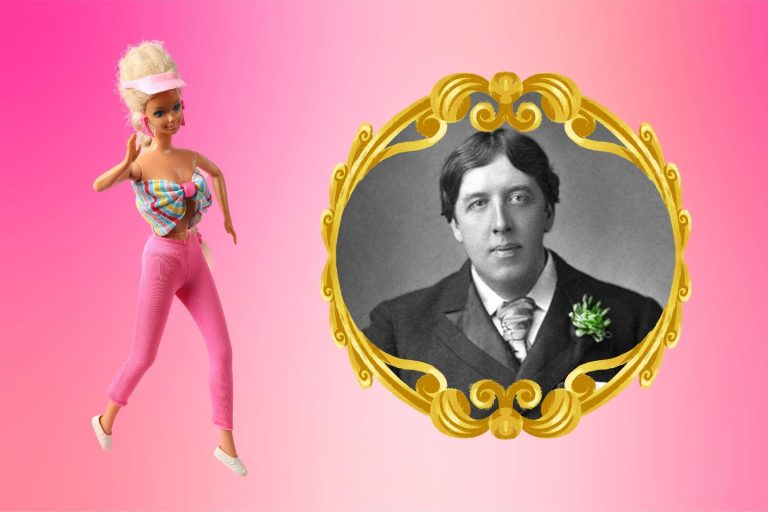Discover how effective school leadership—rooted in visibility, trust, and genuine engagement—builds a thriving school culture from the ground up.
How Modelling Leadership Through Presence Builds Trust and Culture in Schools
Presence Is Leadership in Action
Modelling leadership in schools starts with visibility. When school leaders are present and engaged, they send a strong message of care, consistency, and reliability. It’s not about watching over staff—it’s about walking with them. Simply being there, listening, and showing up is powerful. Students notice. Staff feel supported. Culture starts to take shape.
Listen Below
Trust is Built on Consistent Presence
Trust doesn’t happen from a distance. Modelling leadership in schools requires principals to be physically and emotionally present. By being accessible, leaders create an open-door environment where communication flows and morale improves. People open up when they feel safe. And nothing builds that sense of safety faster than a principal who is in the environment, not just above it.

Culture Grows From What’s Modelled
Leadership behaviour sets the tone. If school leaders model respect, listening, and curiosity, staff and students follow suit. Modelling leadership in schools means setting the example—every day. A culture of trust and collaboration isn’t created by policy alone. It’s shaped by how leaders show up in daily moments: greeting students, attending staff briefings, or walking the corridors.
Visibility Isn’t Micromanagement—It’s Connection
It’s important to understand that presence isn’t about control. Modelling leadership in schools through visibility means being part of the team, not hovering over it. A leader who walks the floor with interest and empathy earns credibility. Staff begin to see leadership as a support system, not a surveillance system.

Real Leadership Is Felt, Not Just Heard
Words matter. But actions speak louder. When a principal consistently models calm, respect, and fairness—even during tough times—that’s when real culture transformation begins. Modelling leadership in schools creates ripple effects that influence every classroom and every interaction.






































